

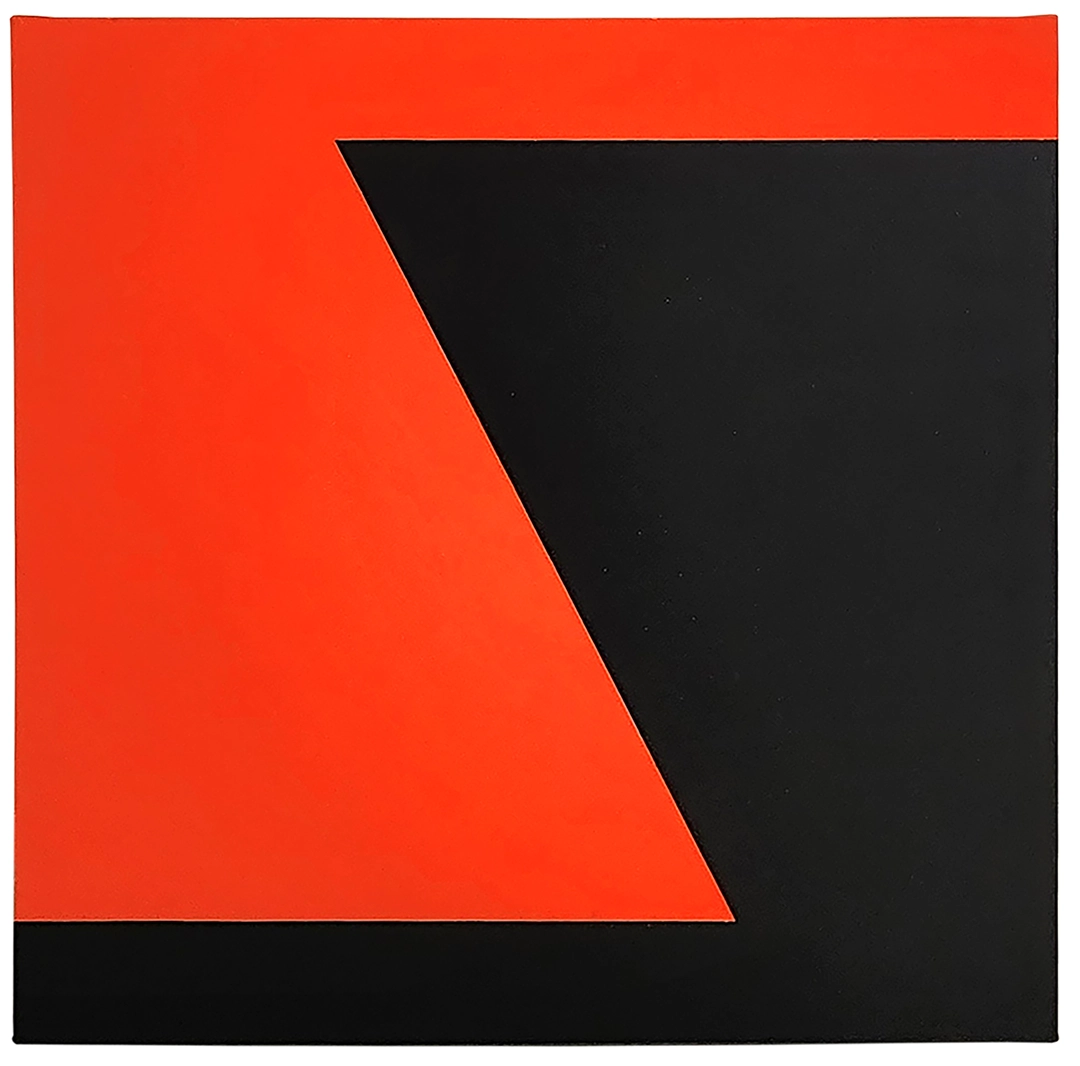
Goiânia, Brazil — Caminos de tierra y viento opens at Vila Cultural Cora Coralina with an expansive reading of the Rodriguez Collection that forges bridges between the Caribbean and Brazil. Conceived as a journey where earth holds memory and wind carries voices, the exhibition listens to two geographies that touch through art. Under the rubric “Dialogues of the Caribbean and the Americas: The Rodriguez Collection in Brazil,” the project unfolds without rigid chronology in conversation with works from the Centro Cultural Oscar Niemeyer, underscoring a local dimension of exchange that is as affective and aesthetic as it is geographic.
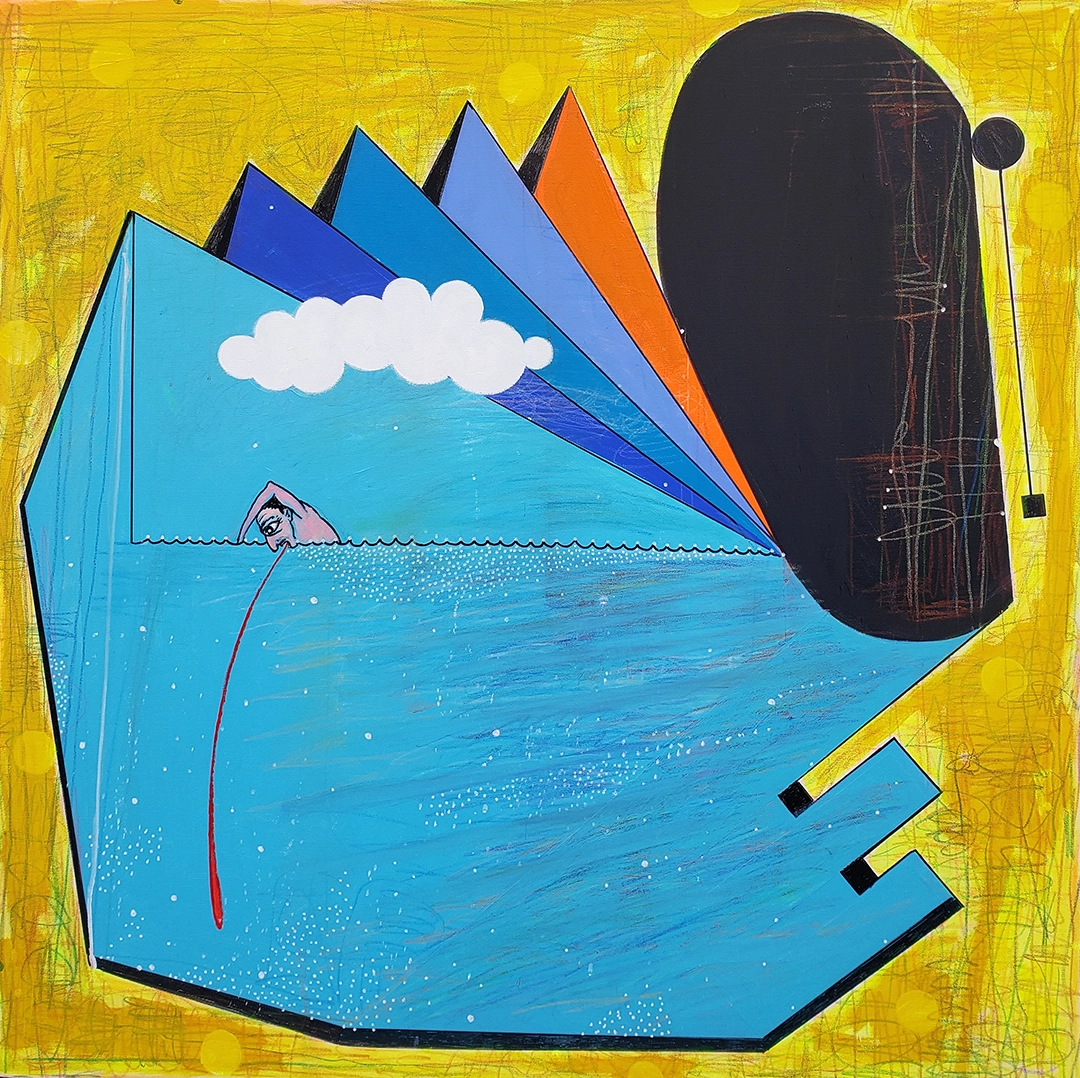
The first plane assembles cardinal figures to understand the visual architecture of the modern Caribbean and its legacies: Carmen Herrera; Wifredo Lam; Amelia Peláez; René Portocarrero; Sandú Darié; Salvador Corratgé; Raúl Martínez; Waldo Díaz-Balart; Manuel Mendive; Belkis Ayón; Tomás Sánchez; Gina Pellón; Julio Girona; Adigio Benítez; Alfredo Sosabravo; Gustavo Acosta. A resonant constellation extends that foundation through diasporic and contemporary practices by José Bedia; Carlos Estévez; Reynerio Tamayo; Rubén Torres Llorca; Ciro Quintana; Aldo Menéndez; Ivonne Ferrer; Alexis Iglesias; Leticia Sánchez Toledo; Linet Sánchez Gutiérrez; Cirenaica Moreira; René Peña; Carlos Enrique Prado; Milena Martínez Pedrosa; José (Pepe) Franco; Pedro Ávila; Eduardo García; Osiris Cisneros; Panol de la Vega; Lianet Martínez Pino; Luis Cruz Azaceta; Ana Albertina Delgado Álvarez; Ernesto González Puig; Noel Dobarganes; Liudmila Velasco, among others. Across this spectrum, matter—paper, wood, pigment, weave—encodes exiles, returns, and imagined cities; form carries memory, color registers climate, and landscape operates as a state of mind.
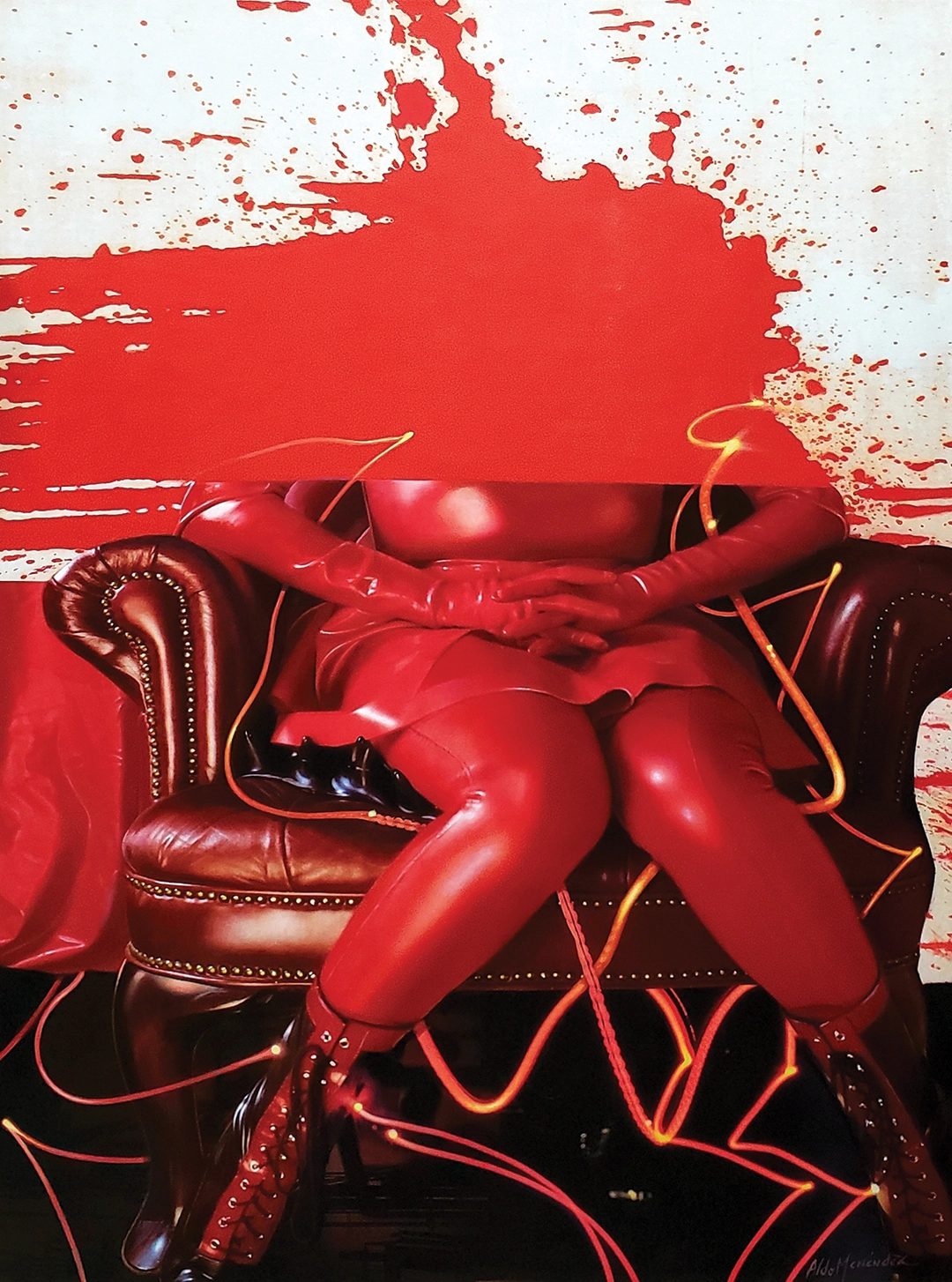
In parallel, the exhibition articulates the Goiás lineage through generational clusters that ground a distinct local vocabulary and its outward dialogues. Founders/Pioneers include Maria Guilhermina Loureiro de Andrade; Gustav Ritter; Frei Nazareno Confaloni; Antonio Poteiro; Juca de Lima; Elder Rocha Lima; Amaury Menezes; Vanda Pinheiro; Neusa Moraes; D.J. Oliveira; Agostinho de Souza. The Geração 70—Siron Franco; Roosevelt Lourenço; Heleno Godoy; Paulo Fogaça; Fernando Costa Filho; Tai Hsuan-An; Leonam Fleury; Carlos Sena; Gomes de Souza; Da Cruz; Yashira (Lucy Borges); Saída Cunha; Ana Maria Pacheco; Tancredo de Araújo; Iza Costa—tests frictions among figure, rite, and social critique. The Geração 80—Selma Parreira; Edney Antunes; Divino Sobral; Pitágoras Lopes; Marco Rodrigues; Zé César—intensifies gesture and experimentation, while the Geração 90—Luiz Mauro; Sandro Tôrres; Marcelo Solá; Juliano Moraes; Rodrigo Flávio—shifts materials and supports to read the present. Among the Contemporâneos, practices by Rodrigo Godá; Dalton Paula; Helô Sanvoy; Paul Setúbal; Grupo EmpreZa (founded 2001); Alexandre Liah; Gilvan Cabral; Cardoso de Morais; Waldomiro de Deus; G. Fogaça expand the field toward performance, body, photographic fiction, and civic imagination.
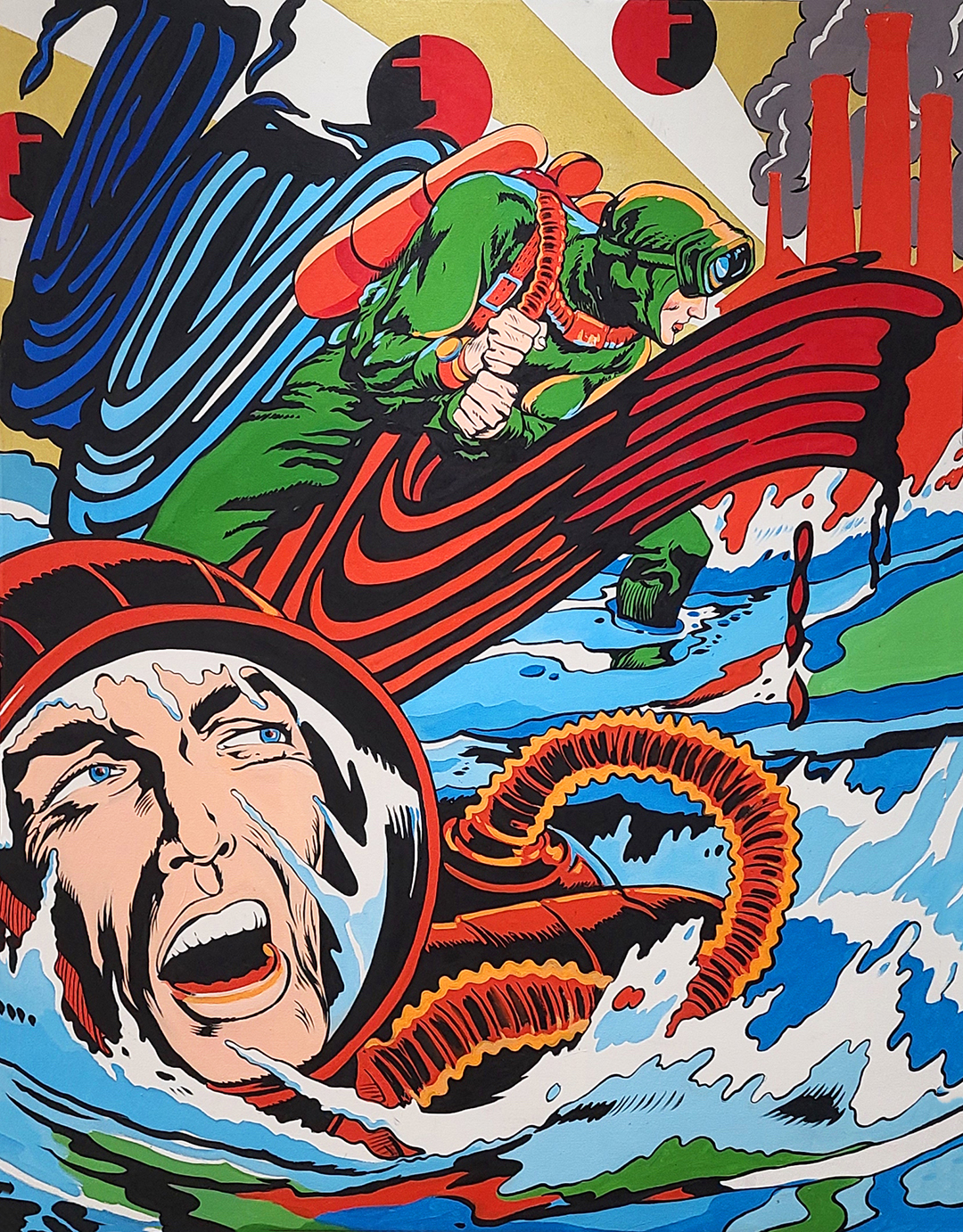
Across the exhibition, these strands share a grammar of affinities yet diverge in production modes and horizons of meaning. The seminal nucleus pursued modernities with structural ambition—abstraction, urban baroque, rite, and figure as languages of construction—while younger and diasporic cohorts work from material and symbolic precarity, repurposing supports, displacing techniques, and ironizing symbols. What emerges is a critical sensibility that turns scarcity into method, diaspora into archive, and the poetic gesture into an act of resistance legible both within and beyond Cuba, now mirrored by Goiás’s own sequences of foundation, experimentation, and present-tense invention.
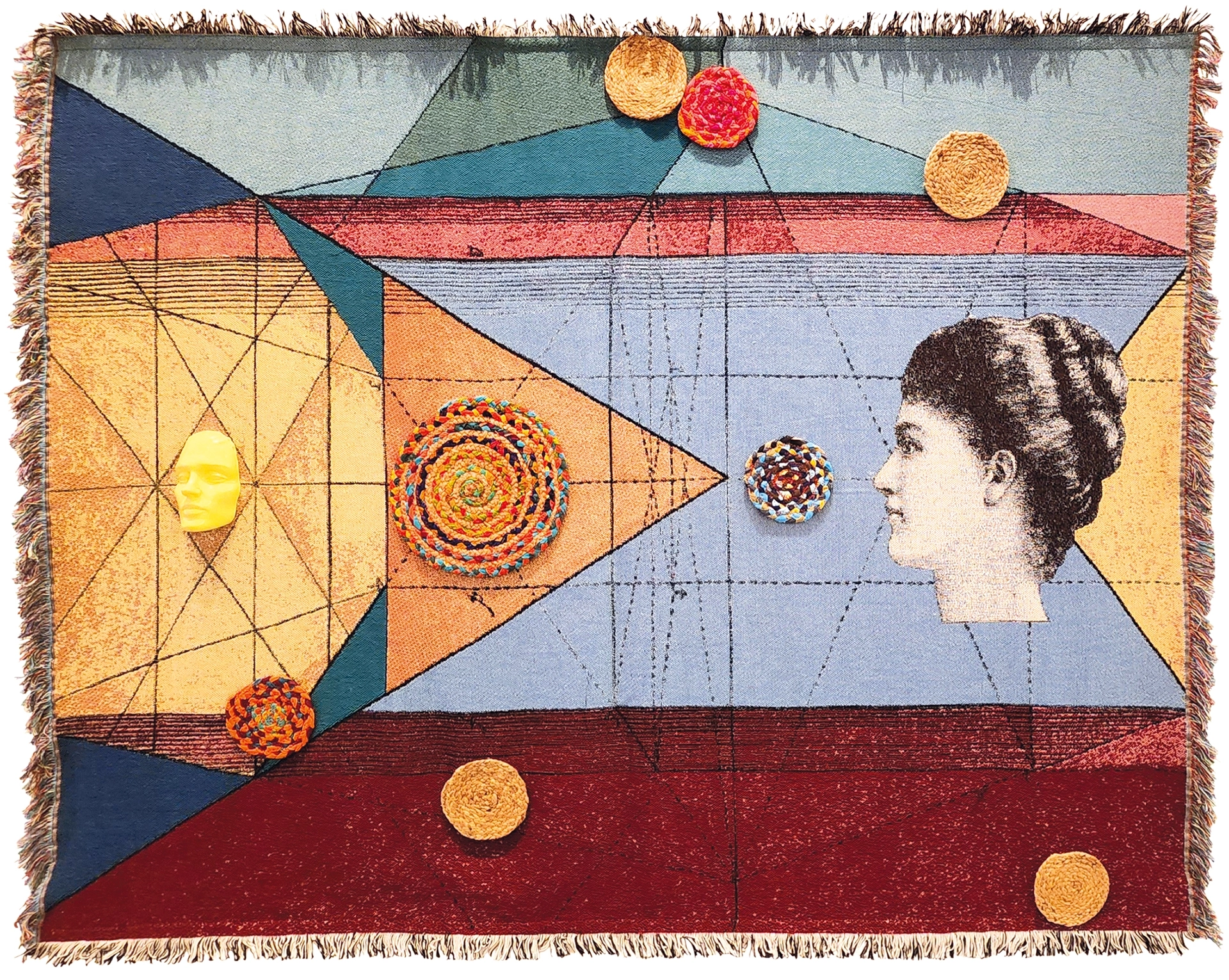
Situated in central Goiânia, Vila Cultural Cora Coralina — a public, free, and dynamically programmed institution — frames this presentation as an itinerary rather than a chronology: affinities and tensions that reveal how “earth” and “wind” name, at once, rootedness and passage. From Miami to Goiás, the Rodriguez Collection and local holdings activate a shared American idiom in which the image negotiates between history and desire.
Practical Information — Vila Cultural Cora Coralina
Address: Rua 23 with Rua 3, Setor Central, Goiânia
Hours: Monday–Sunday, 9:00–17:00 (free admission)
Phone: (62) 3201-9863
Email: vilacultural.coracoralina@goias.gov.br
Map: https://share.google/8qir3VrHQfeywx0AB



